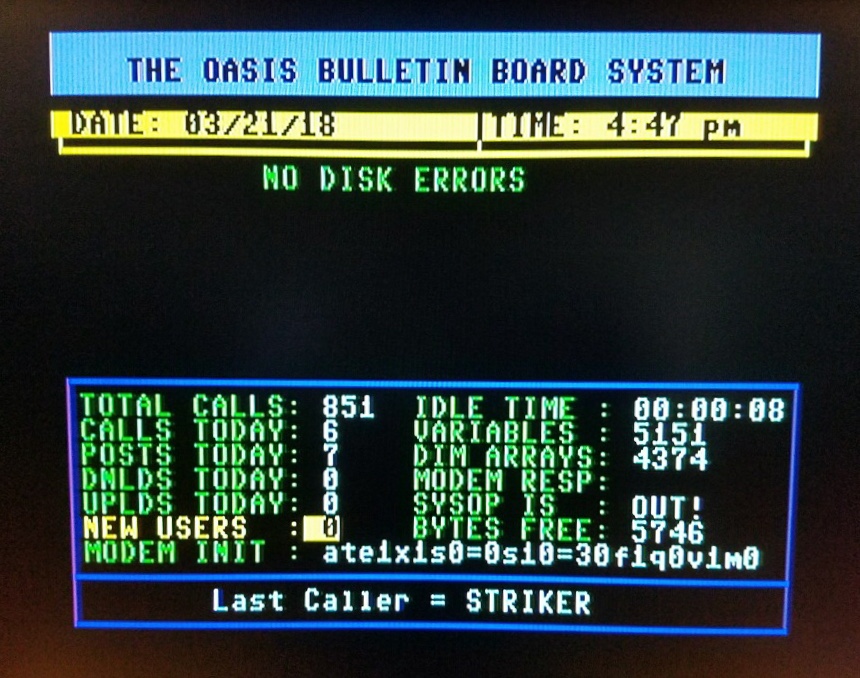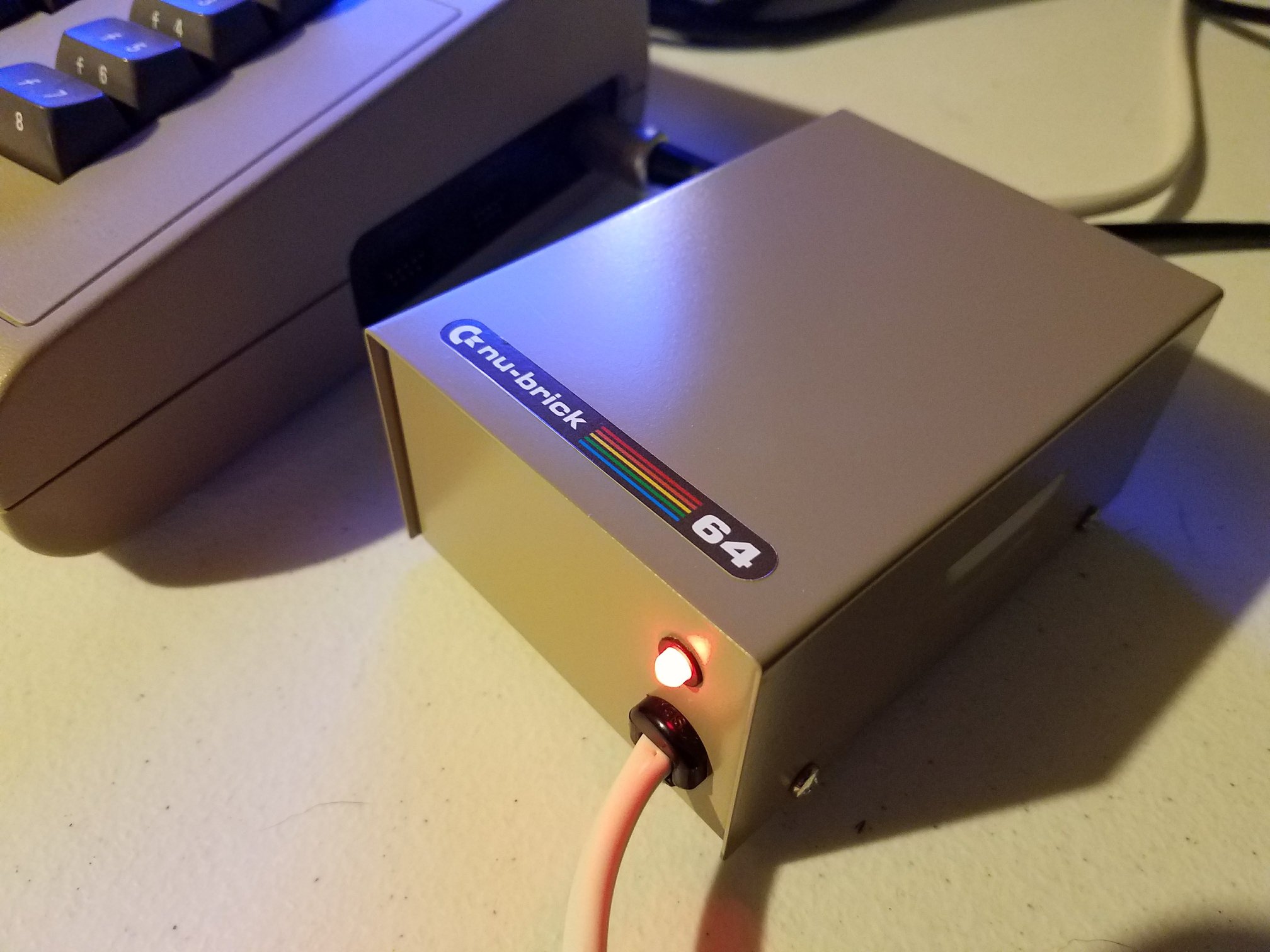RetroGamerDiaries returns with an ambitious new video chronicling the rise and fall of British game studio Sensible Software. The episode unpacks the Sensible Software story in vivid detail — from two young friends experimenting on the ZX Spectrum to becoming one of the most influential developers of the Amiga era. Known for wit, innovation, and pixel-perfect gameplay, the team at Sensible Software shaped an entire generation of gamers before the move to 3D technology brought their journey to a close.
The video moves quickly through the studio’s 13-year history, revealing how Jon Hare and Chris Yates built a brand defined by humor, heart, and unforgettable gameplay.
From Bedroom Bandmates to Game Designers
Jon Hare and Chris Yates began as teenage bandmates in Chelmsford, Essex. Their shared love of music and tech soon evolved into experiments on the ZX Spectrum. After some work for LT Software, they decided to form their own company in 1986 — Sensible Software.
RetroGamerDiaries traces those early efforts, including Parallax for the Commodore 64, which introduced the scrolling depth effect that inspired the company’s name. From that point forward, Sensible became synonymous with tight gameplay and clever design.
Their humor was evident right from Wizball (1987), a surreal shooter where color literally returned to the world. Reviewers adored it. The game’s mix of challenge and charm set the tone for everything that followed.
Success Through Style and Simplicity
The video highlights how Sensible Software mastered the art of small-scale brilliance. Their signature “little men” — tiny yet expressive sprites — appeared across MicroProse Soccer, Cannon Fodder, and Sensible Soccer.
Each game carried the team’s creative fingerprint: intuitive controls, memorable soundtracks, and sly humor. Cannon Fodder took aim at war itself, pairing anti-war satire with addictive gameplay. Sensible Soccer, meanwhile, redefined football gaming. With its top-down view and smooth control system, it achieved a balance that few sports titles have matched since.
By the early ’90s, Sensible’s games regularly topped UK charts. Their studio had become one of the few independent teams capable of rivaling giants like Ocean and MicroProse in both sales and critical acclaim.
Megalomania and Creative Maturity
RetroGamerDiaries spends time on Mega Lo Mania (1991), a real-time strategy title that introduced technology trees long before they became standard. Players controlled gods guiding evolving civilizations through different ages — a bold concept years ahead of its time.
Megalomania captured Sensible’s creativity at full force, balancing strategic depth with a sense of fun that never took itself too seriously. It’s no surprise many fans, including the video’s creator, call it their personal favorite.
Trouble in the 3D Transition
Yet, as RetroGamerDiaries points out, the Sensible Software story turned difficult once 3D gaming took over. Projects like Sensible Golf and the ambitious, unreleased Sex, Drugs and Rock ’n’ Roll drained resources and morale.
Their trademark 2D style, once cutting-edge, suddenly seemed dated next to polygonal graphics. Development times ballooned, contracts grew riskier, and the studio’s small team struggled to adapt.
Despite creative flashes — including updates to Sensible Soccer and the satirical Cannon Fodder 2 — financial pressure mounted. By 1999, Hare and Yates sold Sensible Software to Codemasters.
After the Sale
RetroGamerDiaries notes that neither founder regretted the decision. The sale ended the stress of big-budget publishing and allowed them to consult on later projects like Sensible Soccer 2006. Hare later founded Tower Studios, producing titles such as Sociable Soccer for modern platforms.
While the studio’s later years were uneven, its creative influence never faded. Fans still celebrate Sensible Soccer tournaments, and its design principles remain studied by indie developers today.
Humor, Heart, and History
The video doesn’t just retell the timeline — it captures what made Sensible Software special. The founders’ punk-band energy ran through every project: small teams making clever, personal games with more imagination than budget.
RetroGamerDiaries illustrates how that same spirit inspired many independent developers who followed. Without teams like Sensible Software, the British gaming scene might have looked very different.
Why the Video Works
Part of what makes this RetroGamerDiaries episode engaging is how it blends deep research with genuine affection. The narration balances nostalgia with critique, acknowledging that the team’s stubborn independence both fueled their success and hastened their downfall.
Archival footage, rare interviews, and snippets of classic gameplay make the video a treasure for fans of the Commodore 64, Amiga, and early PC eras. It’s more than a trip down memory lane — it’s a reminder of what creative freedom looked like before gaming became a blockbuster business.
Conclusion
RetroGamerDiaries’ new feature tells the Sensible Software story not as a cautionary tale, but as a celebration of a studio that thrived on passion and originality. Jon Hare and Chris Yates made games that were clever, funny, and unmistakably British.
Their influence still echoes through modern indie development, and for anyone who grew up with a joystick in hand, this video is an absolute must-watch.







